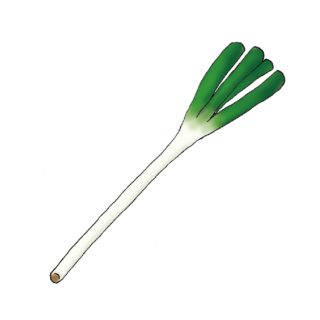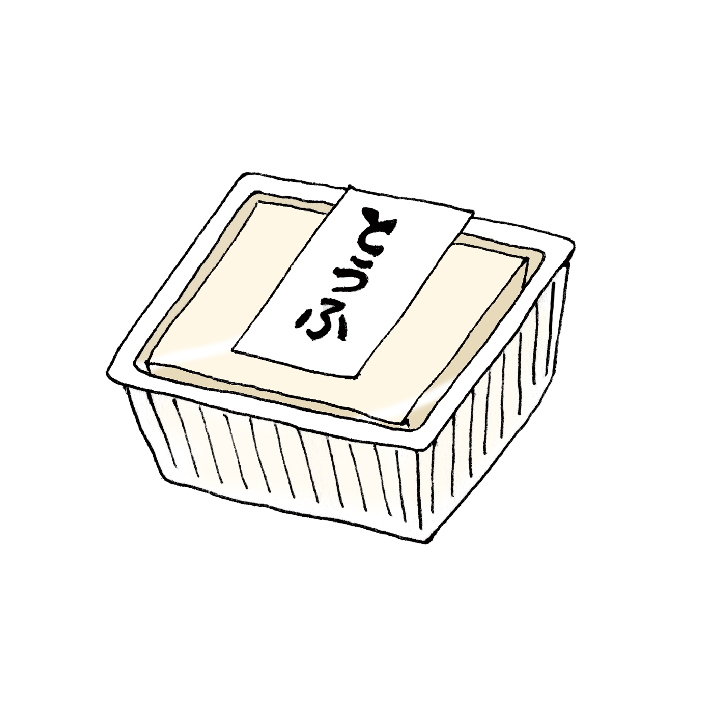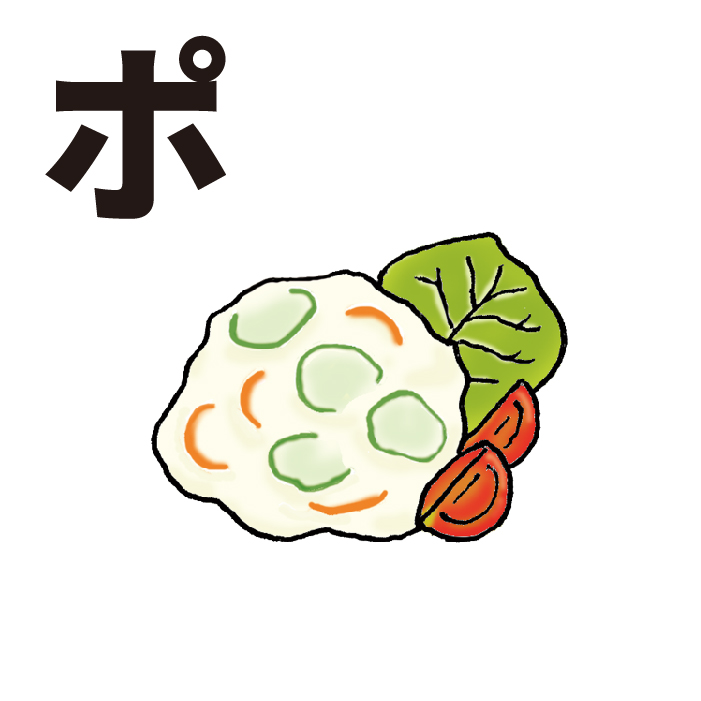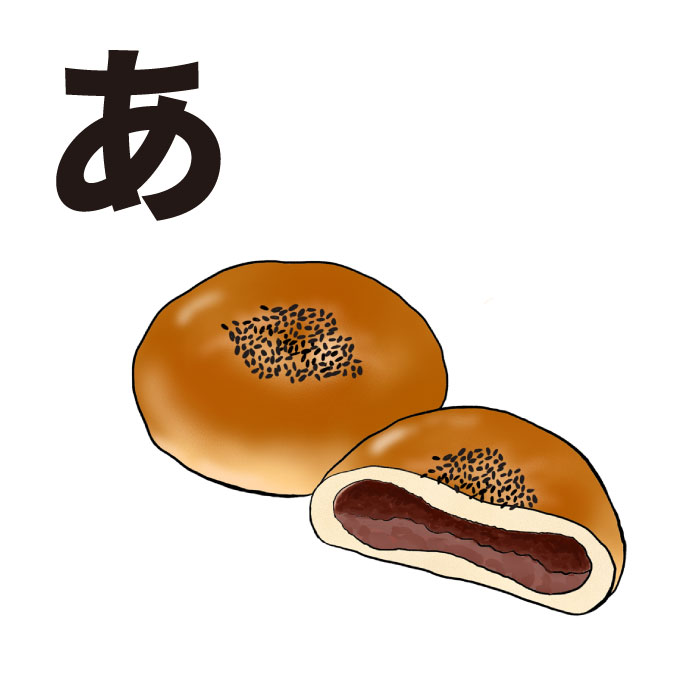野菜 (やさい)
Vegetable Names in Japanese
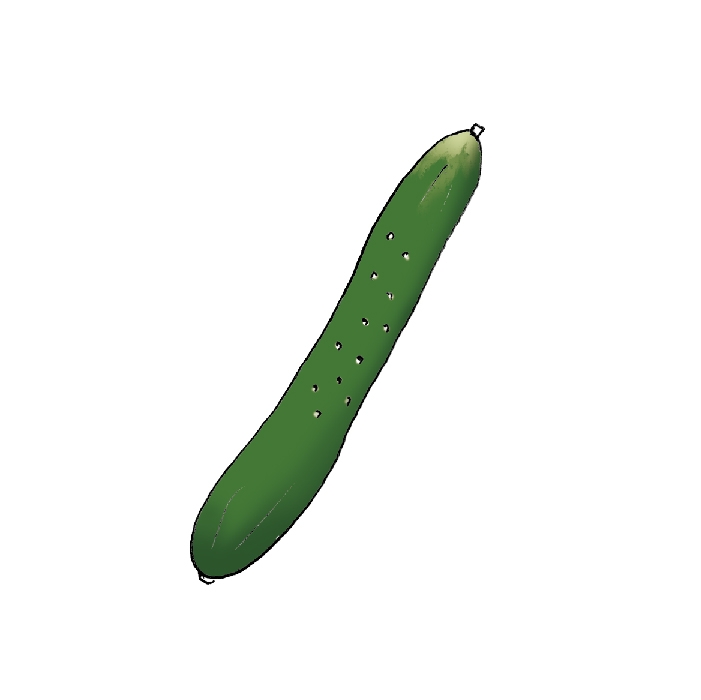
きゅうり
cucumber
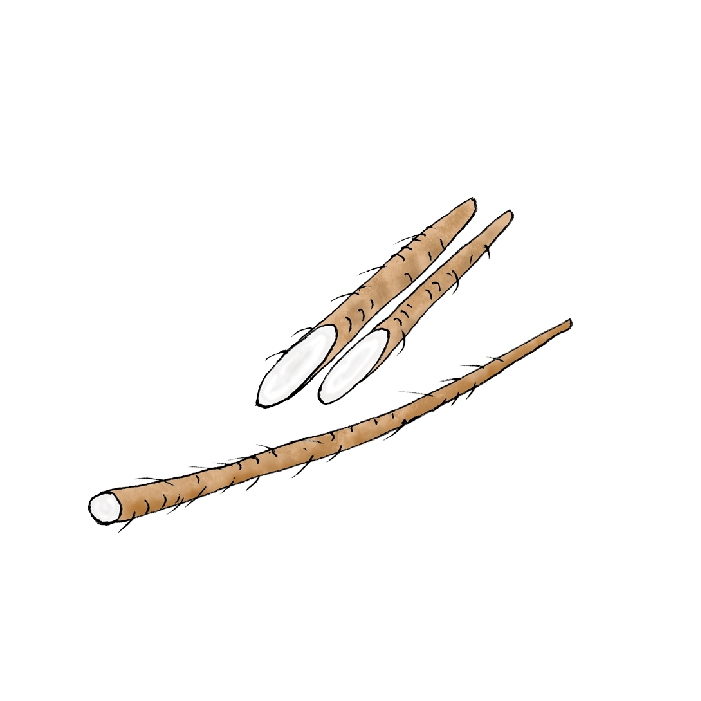
ごぼう
burdock
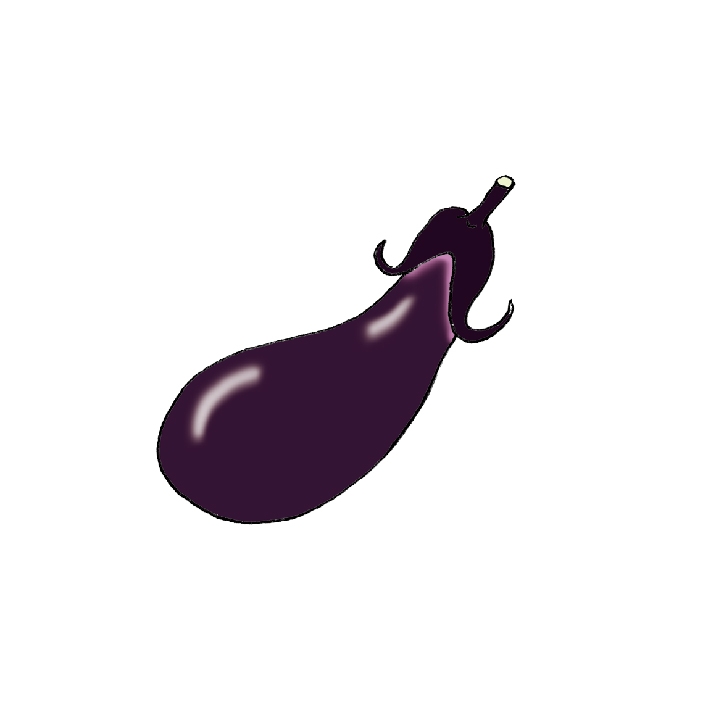
なす
eggplant
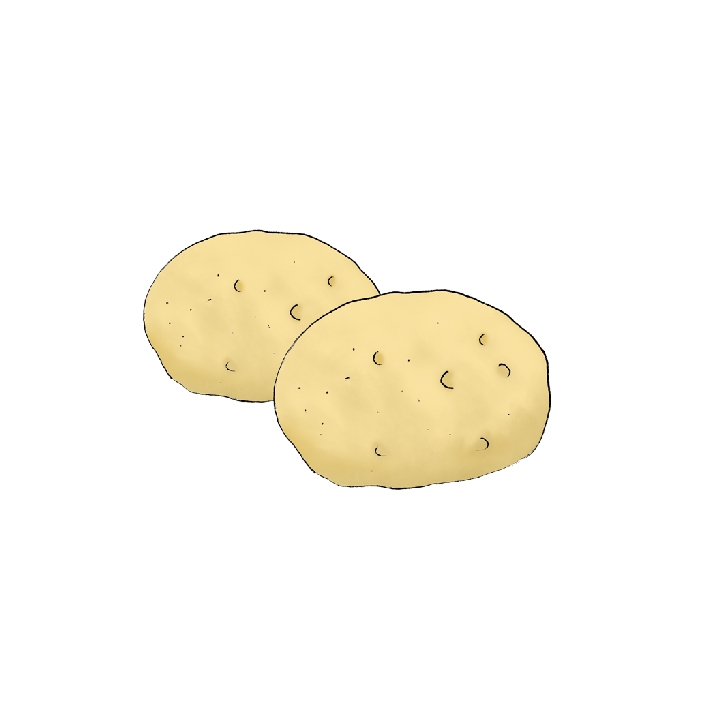
じゃがいも
potato
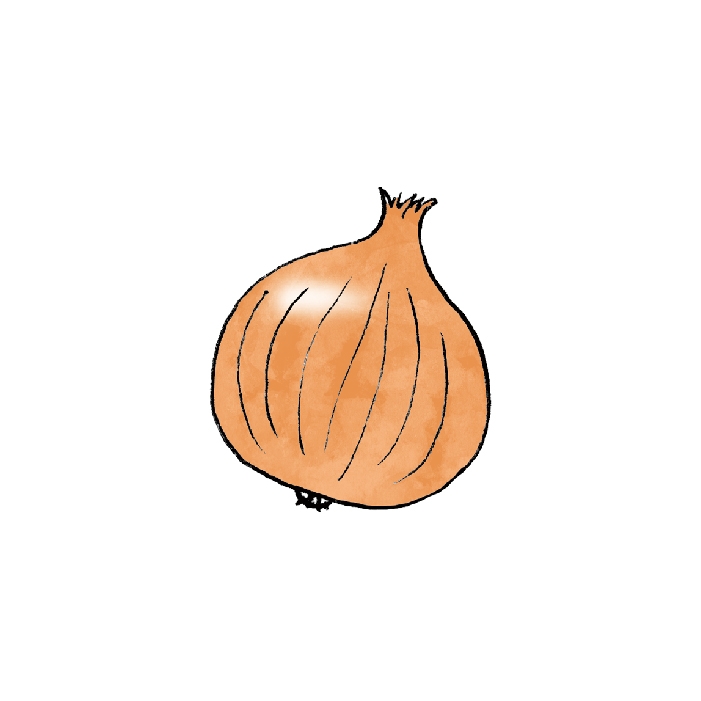
たまねぎ
onion
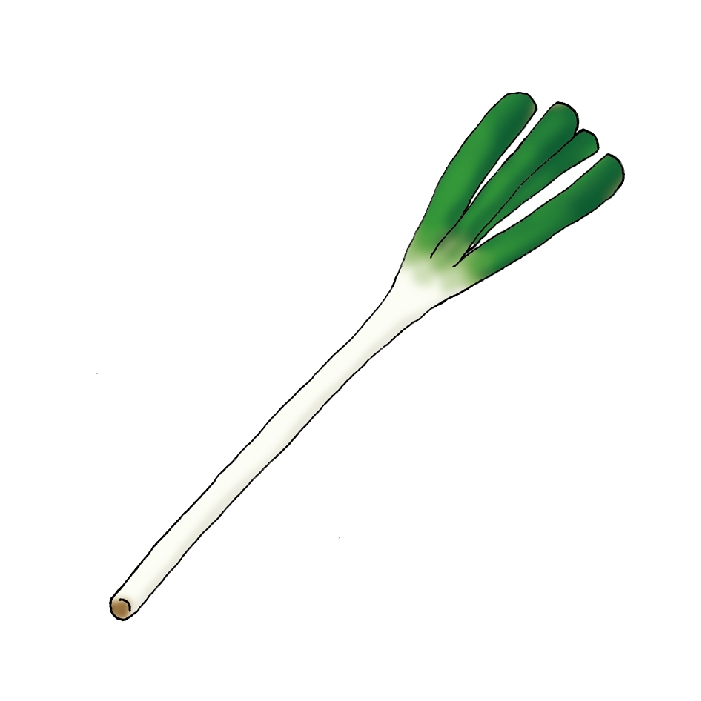
ネギ
leek
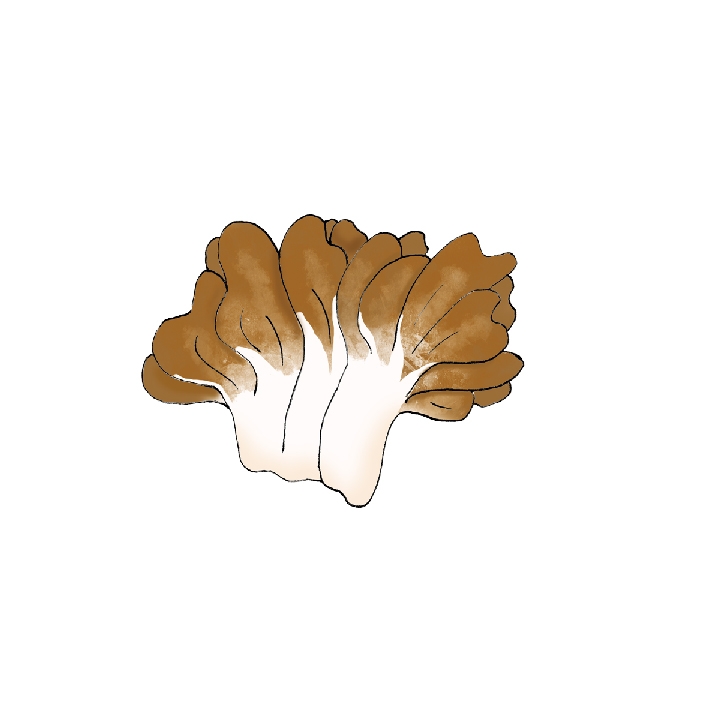
まいたけ
hen-of-the-wood
To learn more やさい vegetable names:
・Watch the video and listen to the pronunciations.
・Print and make your own Nihongo flashcards for practice here.
・Learn with Quizlet flashcards — practice and test yourself with matching games, spelling, and more. This set is free!
Review:
アスパラ asparagus
おくら okra
かぼちゃ pumpkin
きゅうり cucumber
ゴーヤ bitter gourd
ごぼう burdock
さつまいも sweet potato
しいたけ shiitake mushroom
じゃがいも potato
ズッキーニ zucchini
だいこん Japanese radish
たまねぎ onion
ちんげんさい bok choy
トマト tomato
なす eggplant
にんじん carrot
ネギ leek
にんにく garlic
ピーマン green pepper
ブロッコリー broccoli
まいたけ hen-of-the-wood
モロヘイヤ Egyptian spinach
ルッコラ arugula
れんこん lotus root
The standard rule is to write native Japanese words in hiragana and 外来語 (gairaigo), foreign borrowed words, in katakana. However, in biological contexts, fruits, vegetables, plants, and animals are written in katakana.
That said, sometimes words are written in katakana simply to make them stand out, especially when they are next to hiragana, as in うさぎリンゴ or ウサギりんご.
For more, learn fruits in Japanese here and learn how to count fruits and vegetables in Japanese in the video.

